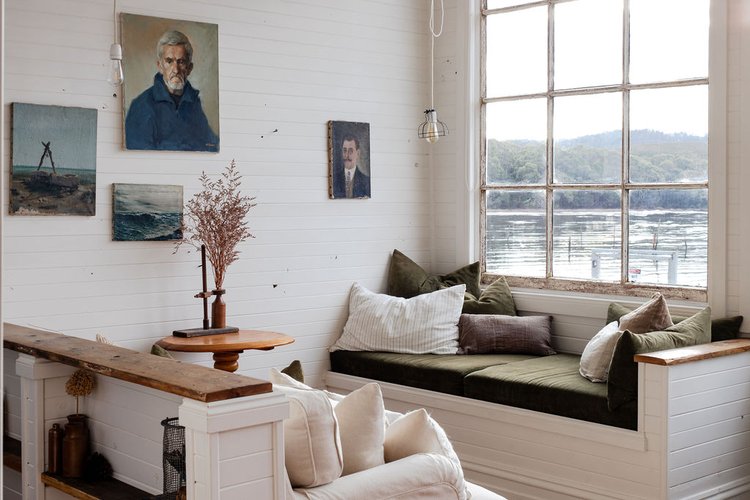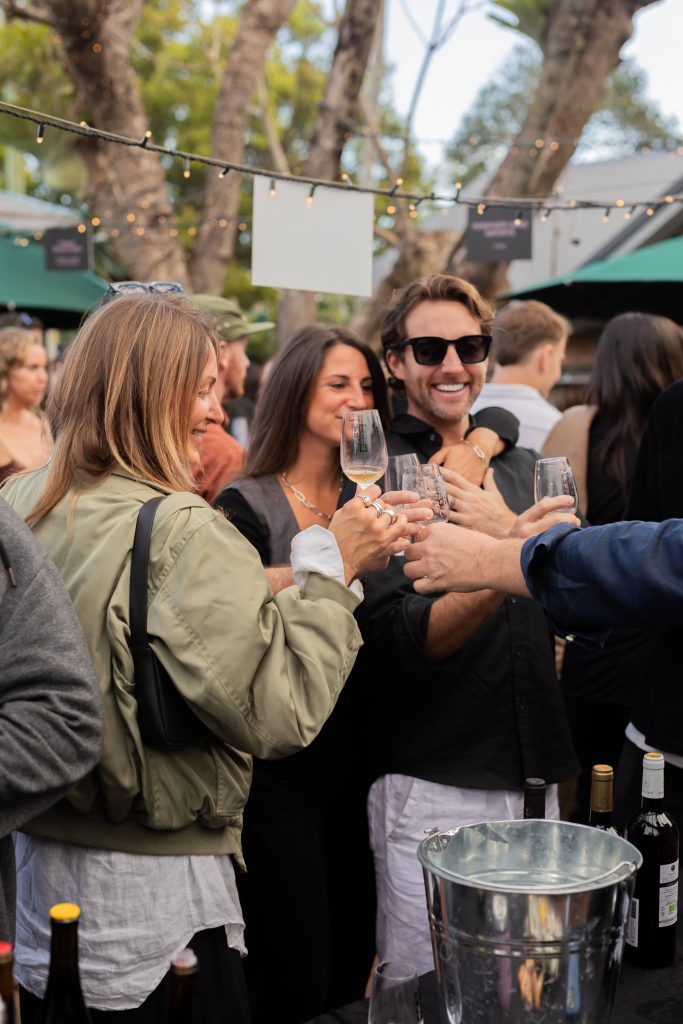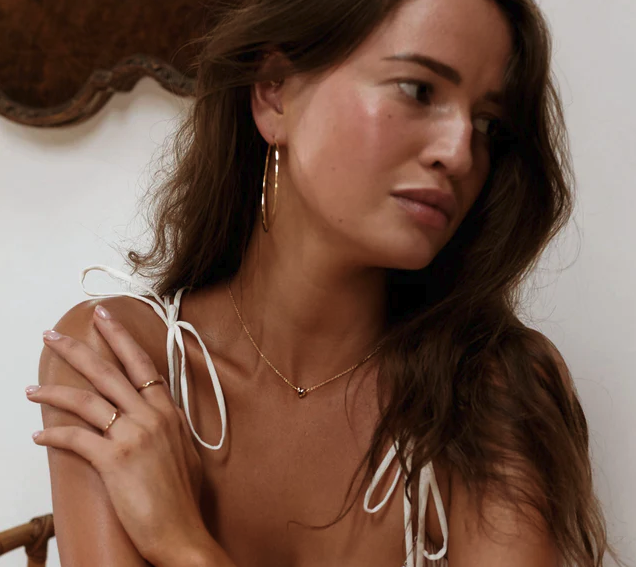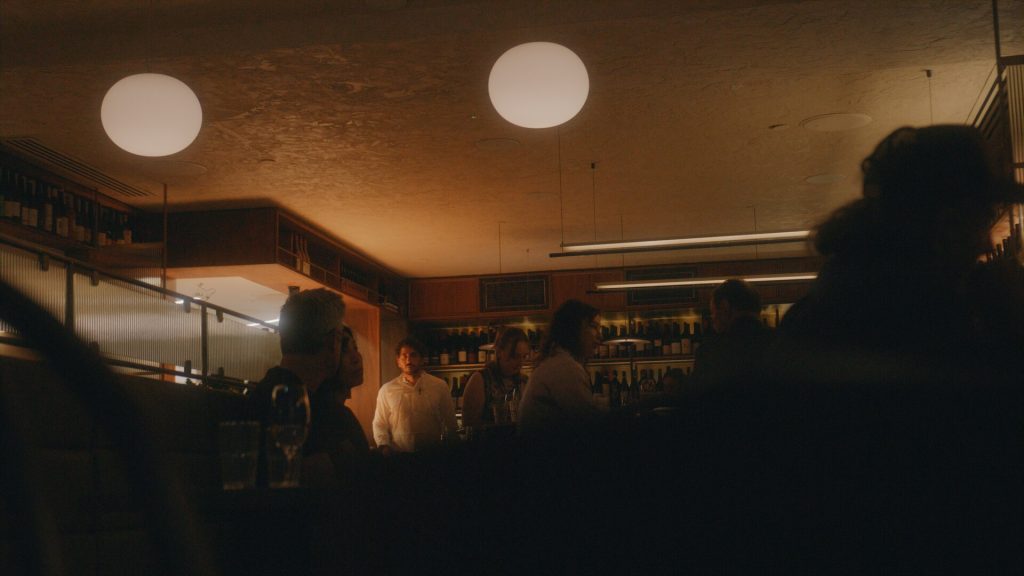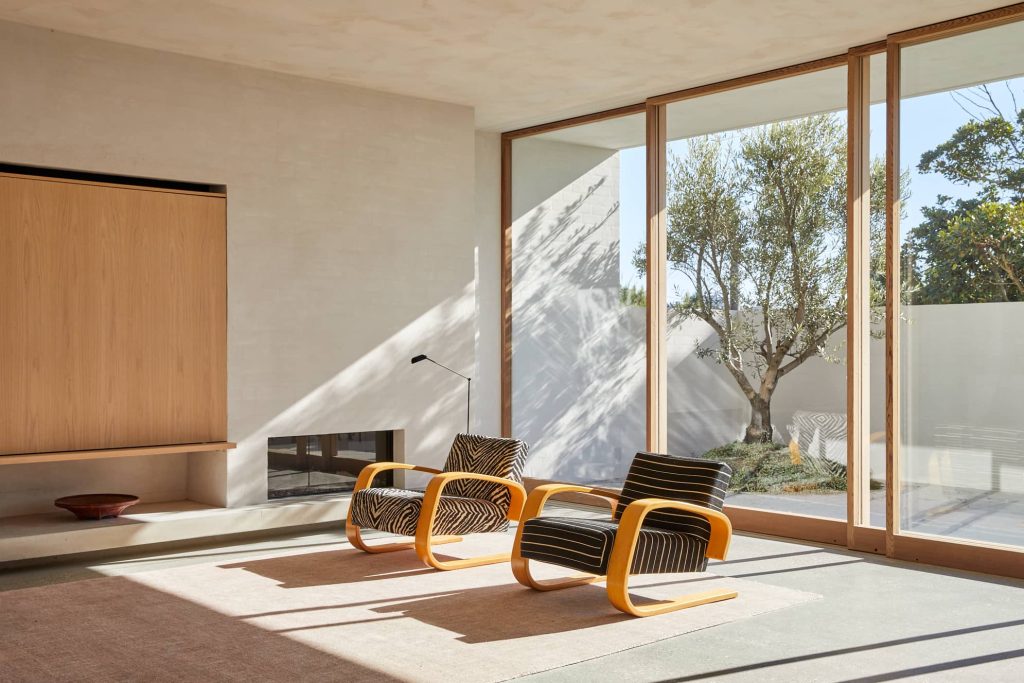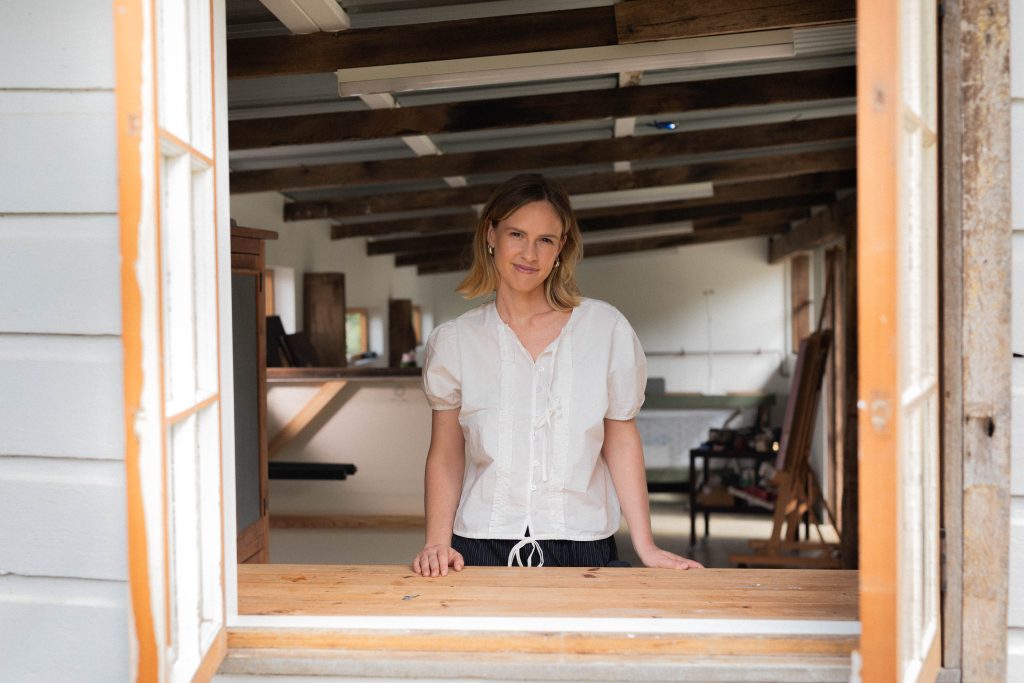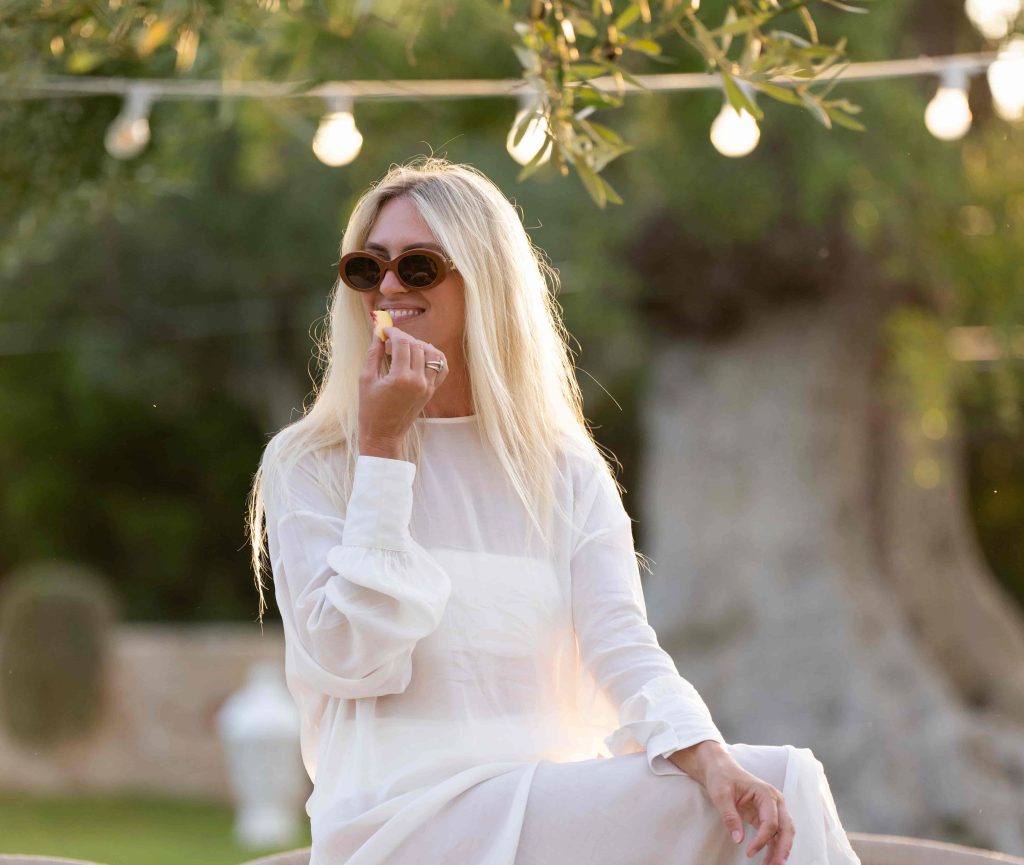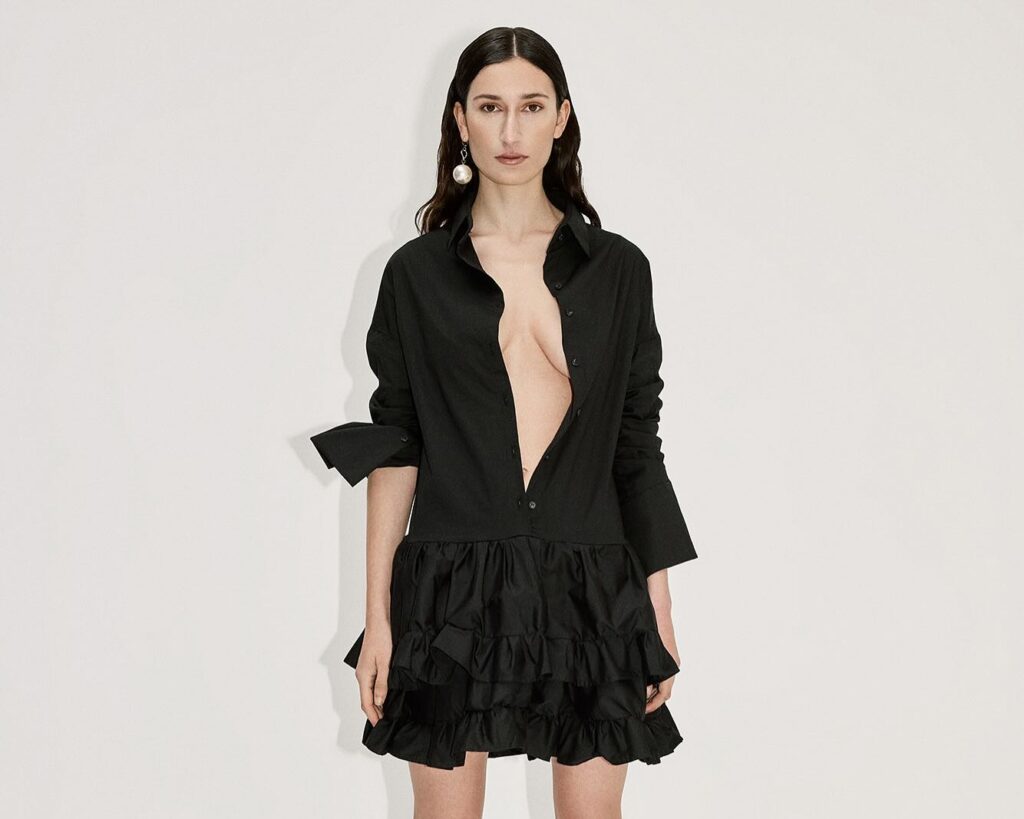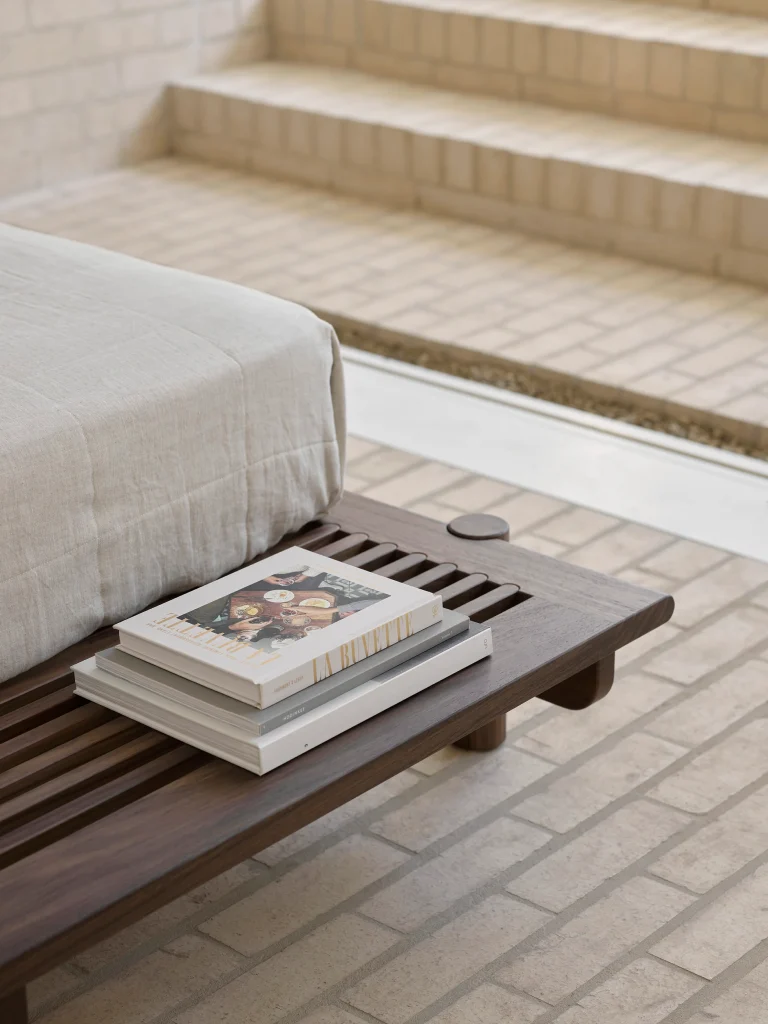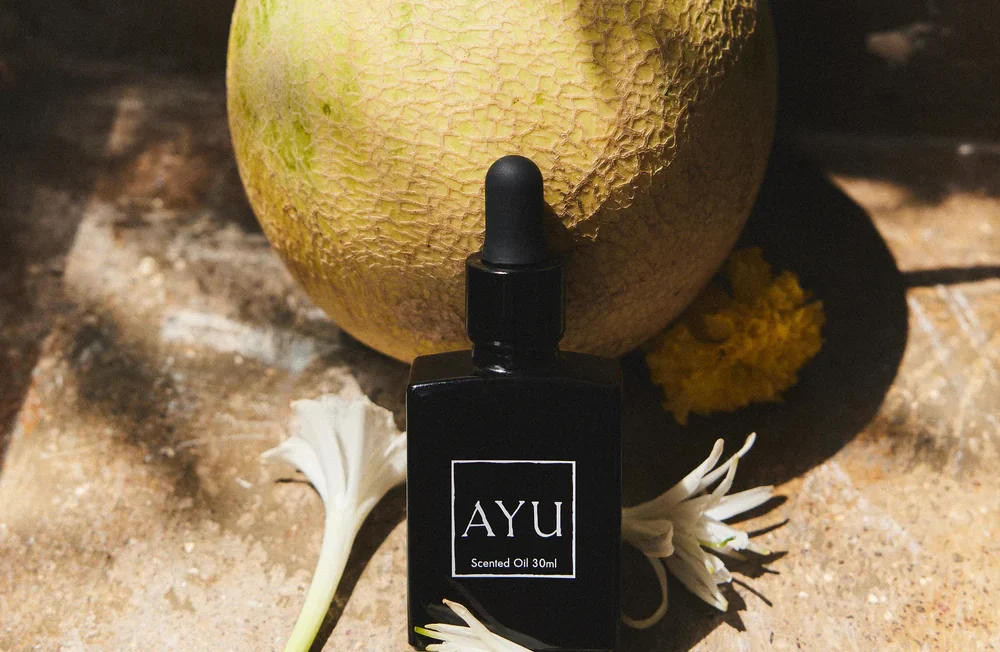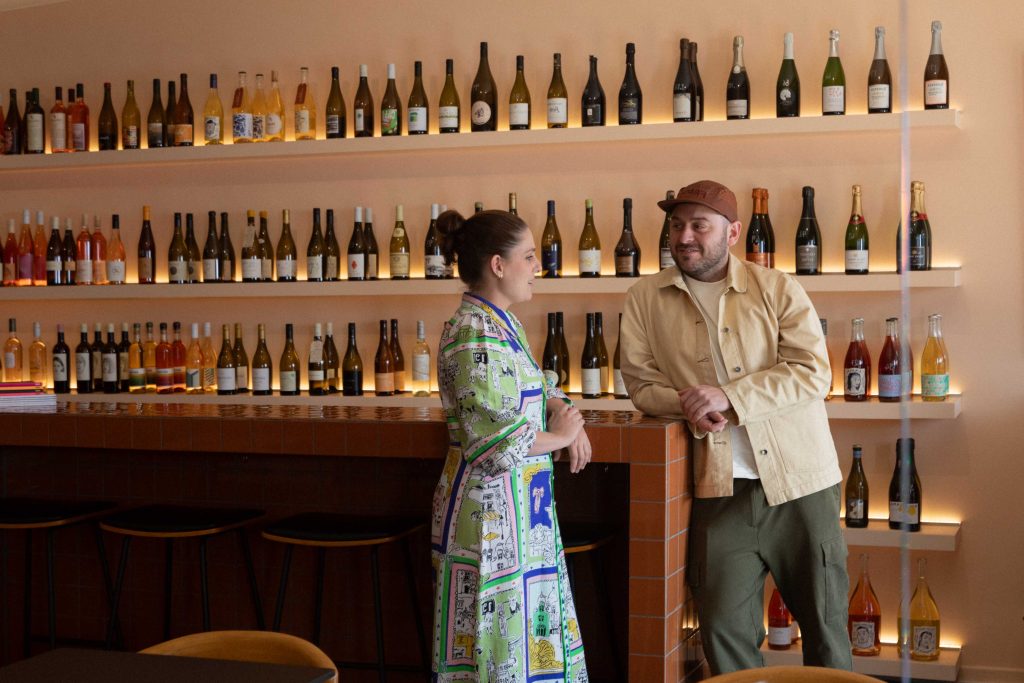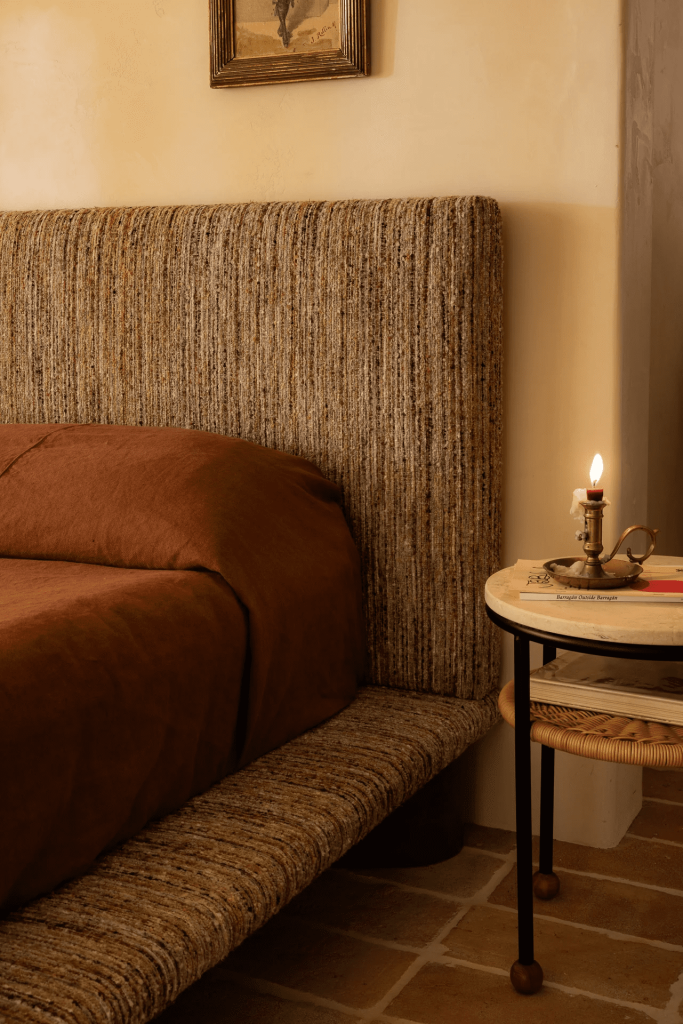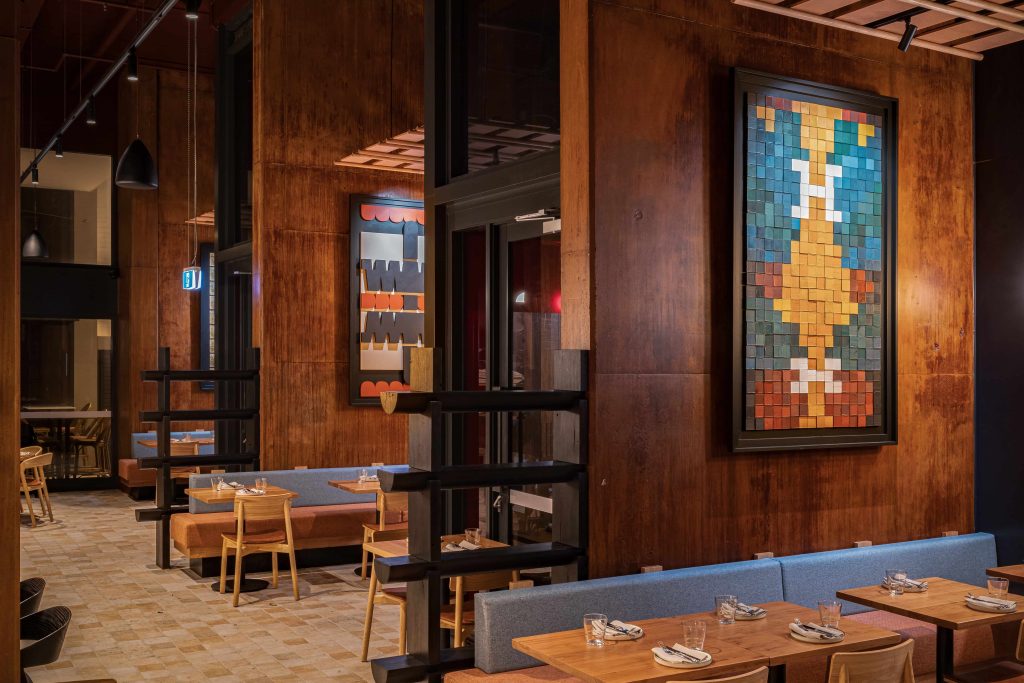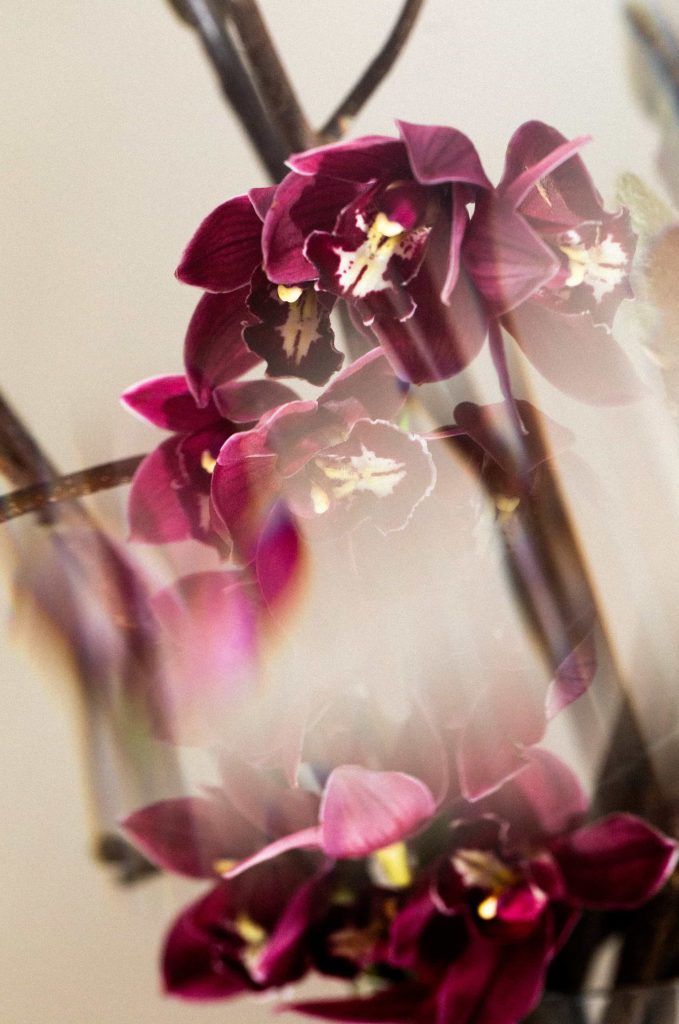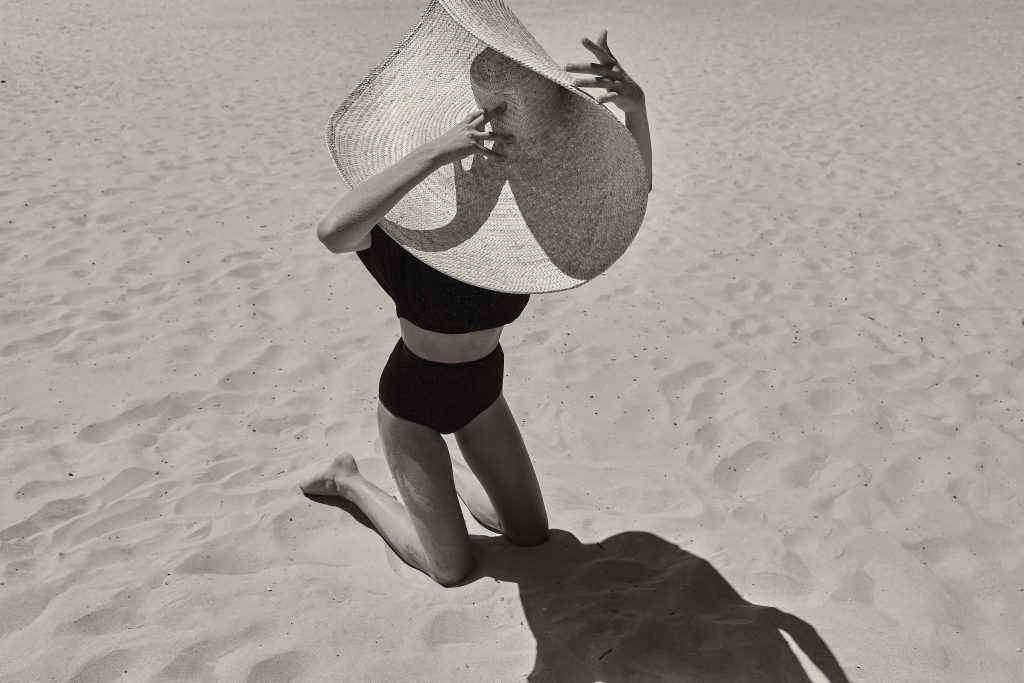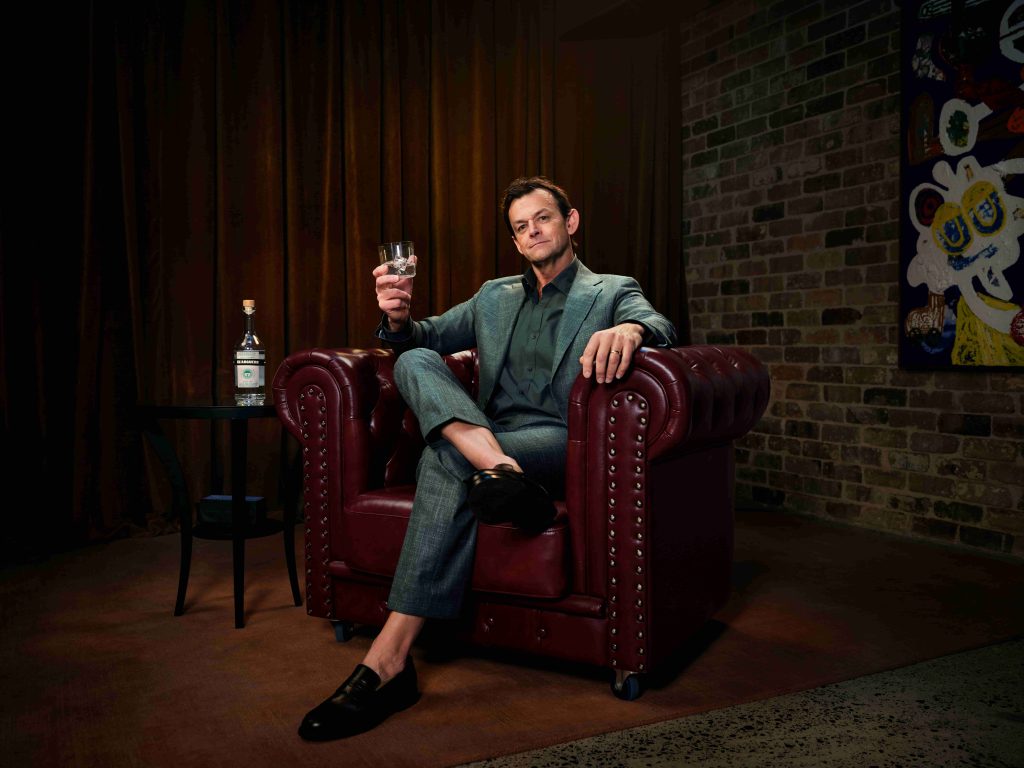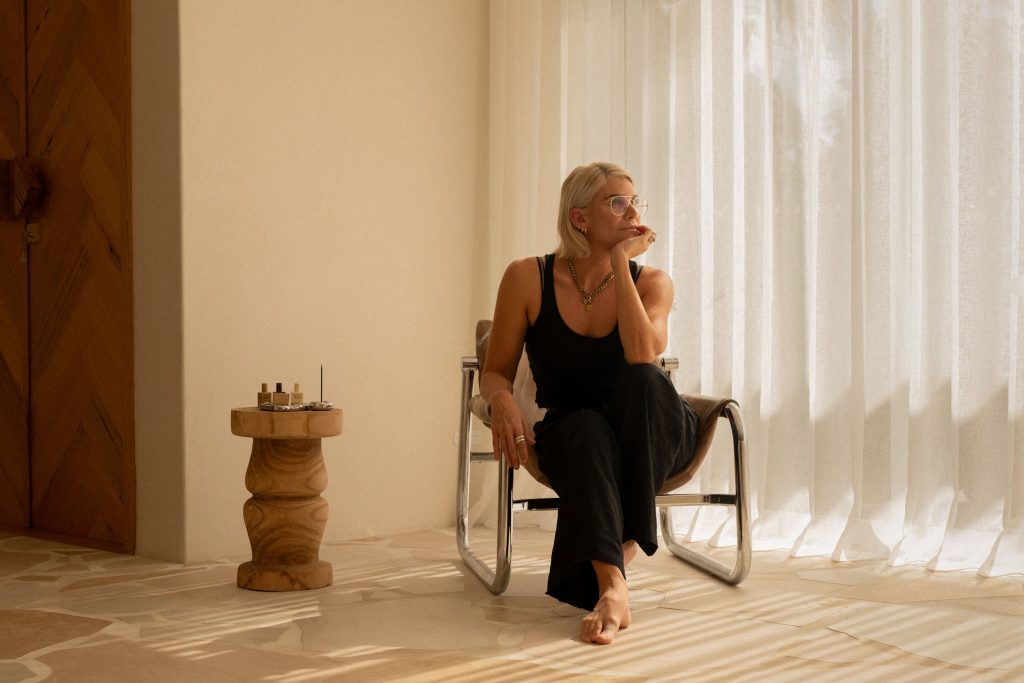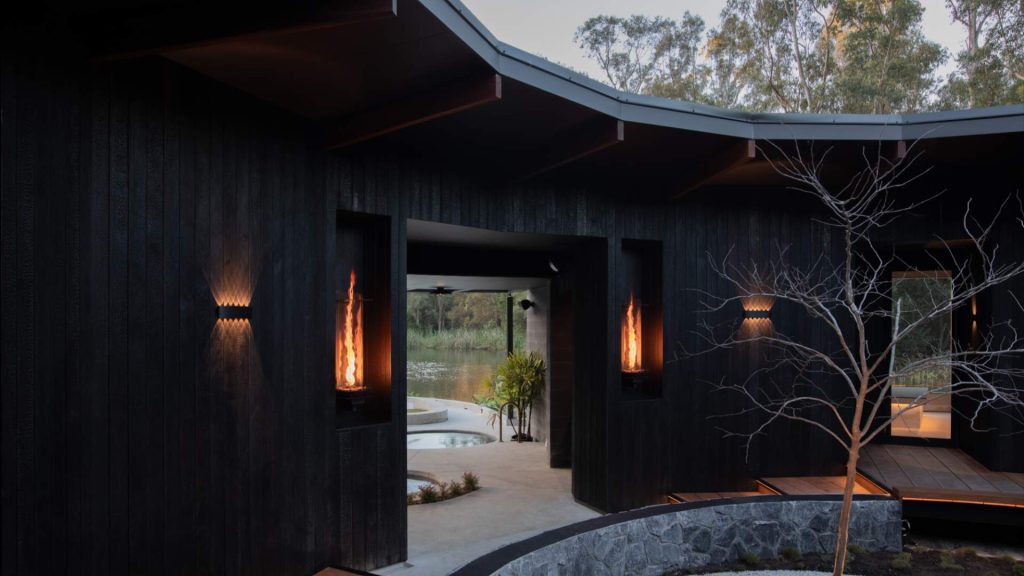When the Tony Kelly Restaurant Group set out to create its next landmark venue on the Sunshine Coast, a coastal Mexican restaurant shaped by sun, salt and slow afternoons that stretch into long evenings, there was no question who would shape the space.
For the fifth time, the group turned to designer and maker Kristen Calle of CAB ROTO, whose distinctive hands-on approach has become an integral part of the group’s architectural identity.
Located within Seanna Residences at Bokarina Beach, Playa Mexican is the newest addition to an already celebrated dining portfolio that includes Bocca Italian, Market Bistro, Spero, Rice Boi, Giddy Geisha and more. Spearheaded by hospitality visionary Tony Kelly, Executive Chef Harry Lilai, General Manager Luke Stringer and Restaurant Manager Isaac Saunders, Playa promises to blend the spirit of Mexico’s coastal marisquerías with the freshness and vibrancy of Australian produce.
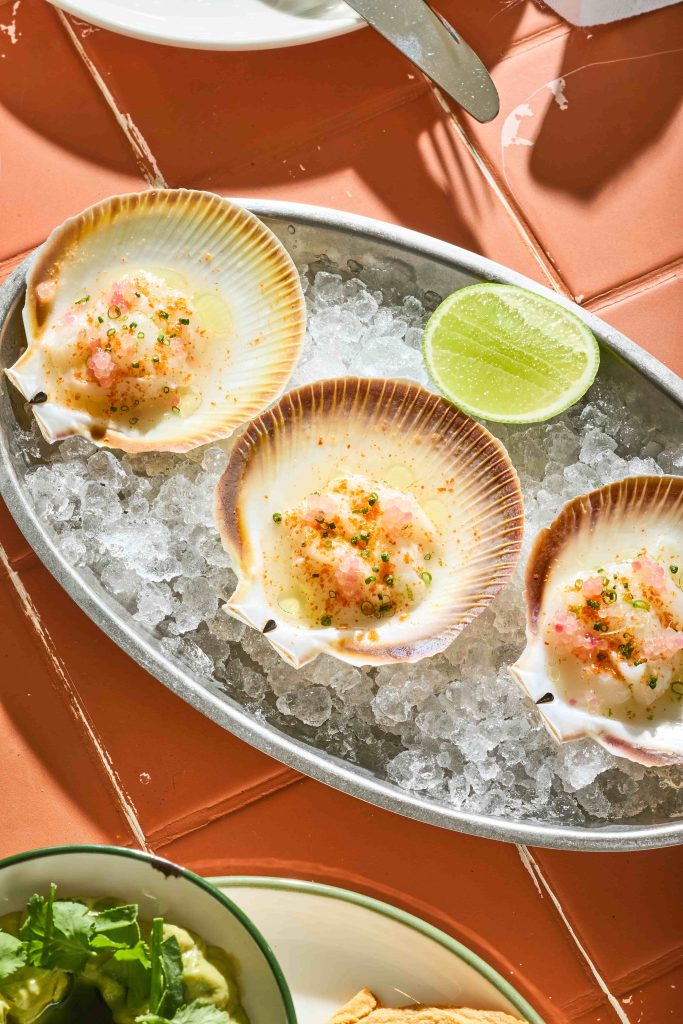
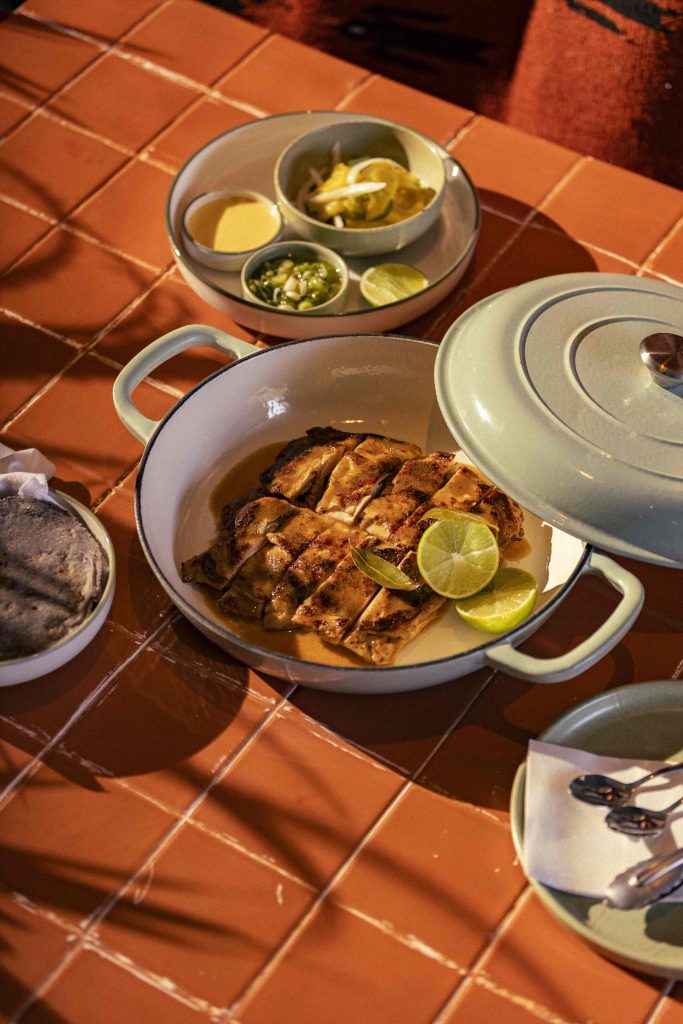
A Design Rooted in Performance
For Kristen Calle and the CAB ROTO team, Playa was never about constructing a literal narrative or leaning on predictable beachside motifs. Instead, their approach centred on performance, lighting, acoustics, spatial flow and the creation of an atmosphere intentionally calibrated to support Lilai’s coastal Mexican menu and the venue’s generous 300-guest capacity.
“If the room works,” Calle often says, “there’s no need for a story.” At Playa, that philosophy manifests as a space that complements the food and the natural energy of the Sunshine Coast without slipping into the tropes of tropical decor or themed dining.
The restaurant’s palette shows agave greens, desert terracottas, salt whites and soft sky blues and is subtly drawn from both ocean and desert, lightly echoing Aztec and Mayan influences without ever feeling literal. Earthy timbers, woven finishes, stone and gentle curves create a tactile landscape that feels textural, coastal and quietly transportive.
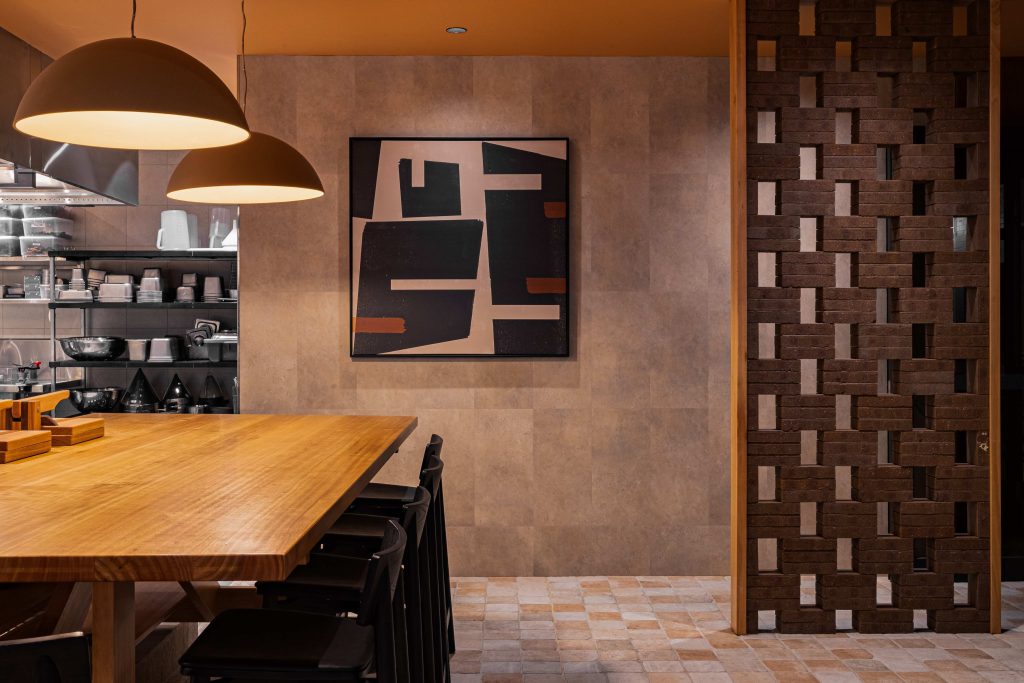
Subtle Lineages, Avoiding Literalism
Mexico is present throughout Playa, but as a lineage rather than a reference board.
CAB ROTO drew from the country’s rich architectural traditions of materiality, geometry, craft, and colour, pulling influence from movements such as Mexican Muralism and Mexican Modernism, and from designers and artists including Clara Porset, Edgar Orlaineta, Mathias Goeritz, Alfredo Gallegos Mena, Carlos Mérida, and Pedro Reyes.
Clara Porset’s 1950 ‘Loveseat’ informed the banquette textiles, the rhythms and symbolic geometries of the other artists shaped the sculptural direction of the artworks created in-house.
The result is a restaurant that feels Mexican in structure, not in stereotype.
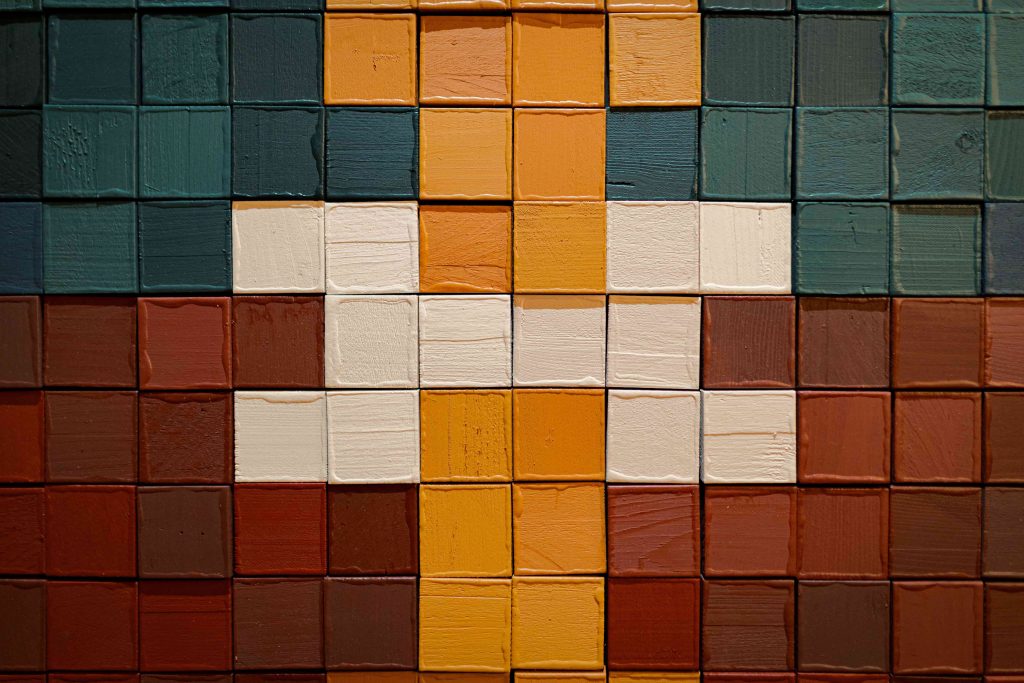
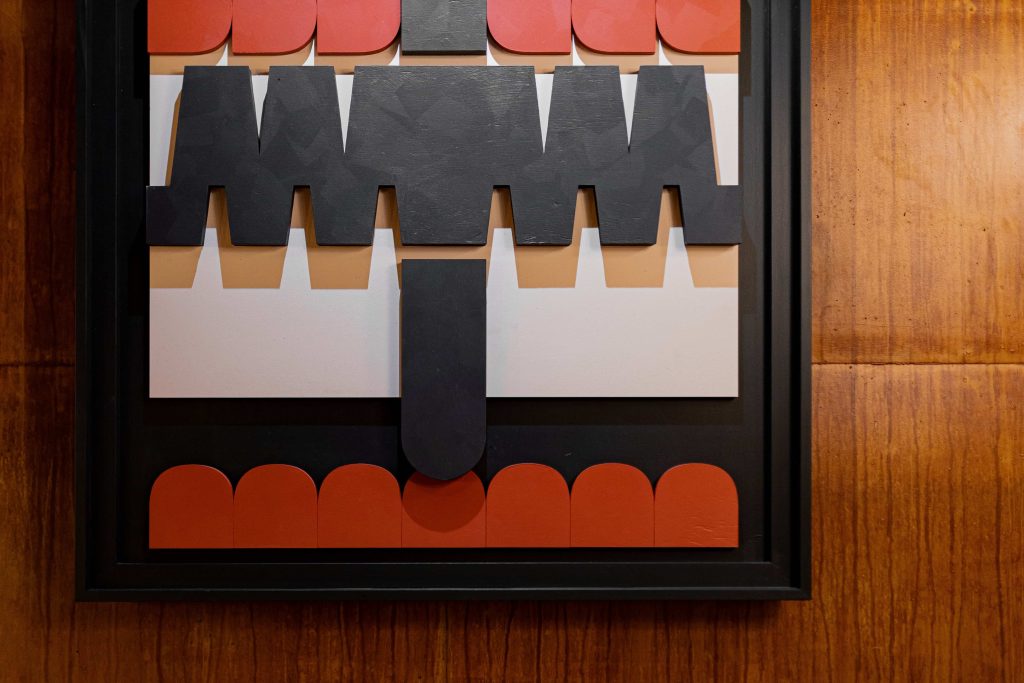
Art Made On-Site
Perhaps Playa’s most defining quality is that so much of it was hand-built by the CAB ROTO team. Three major artworks were fabricated in-house, including a dramatic 4.8-metre carved hardwood totem-like column and dividing screens made from reclaimed railway sleepers. One artwork incorporates 480 hand-painted reclaimed pallet-timber tiles, each bringing its own grain and history.
Calle calls these pieces “site-specific anchors,” crafted to belong to the architecture rather than function as imported decoration. The tactile irregularity of hand-carved timber, the patina of reclaimed materials and the weight of real craft give Playa a grounded presence that synthetic, off-the-shelf fit-outs can’t emulate.
Working closely with Farrago’s in-house joiners, CAB ROTO produced custom solutions for seating, acoustics, bar workflow, circulation and the signature totem installation. At Playa, almost nothing is standard, not even the walls.
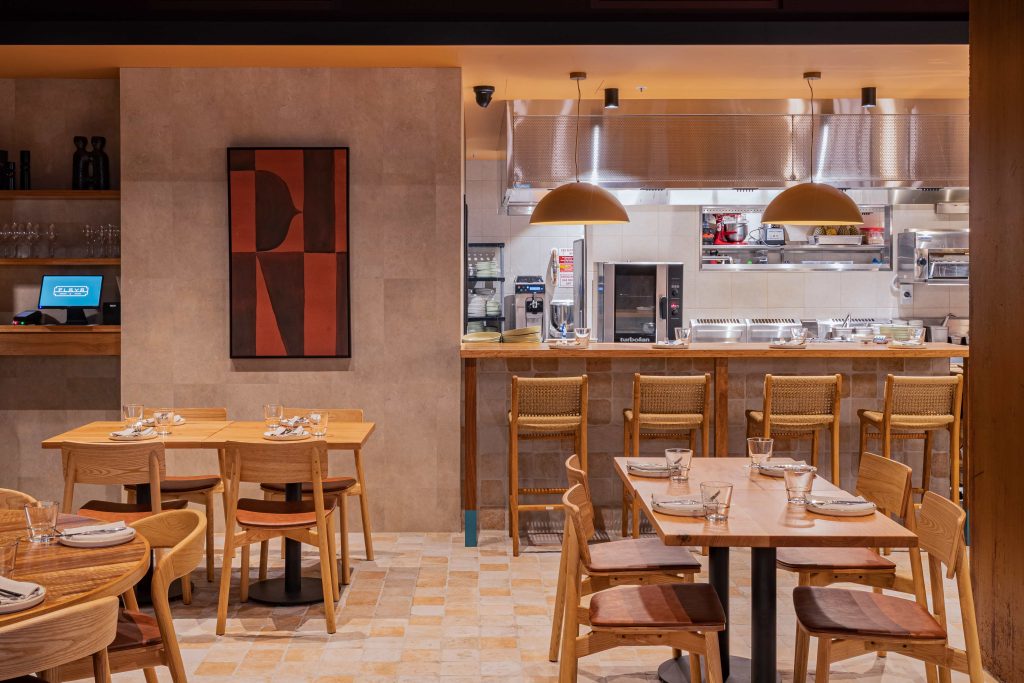
A Culinary Vision Supported by Architecture
The idea for Playa arose from a long-held desire within the Tony Kelly Restaurant Group to bring fresh, produce-led Mexican dining to the Sunshine Coast. A recent research trip to Los Angeles sharpened the vision, with the team returning inspired by the city’s progressive interpretations of Mexican cuisine.
Executive Chef Harry Lilai’s menu champions freshness and layering in their house-made tortillas, seafood-forward share plates and bold, punchy signatures like the boneless BBQ chicken with pineapple butter, pickled pineapple, scallion oil and fresh tortillas.
CAB ROTO’s design supports this culinary direction through openness and theatre. Two custom-built tables interrupt the typical kitchen walls, one serving as the pass, the other as the tortilla press. Diners sit beside the very surface where tortillas are pressed and plates are finished.
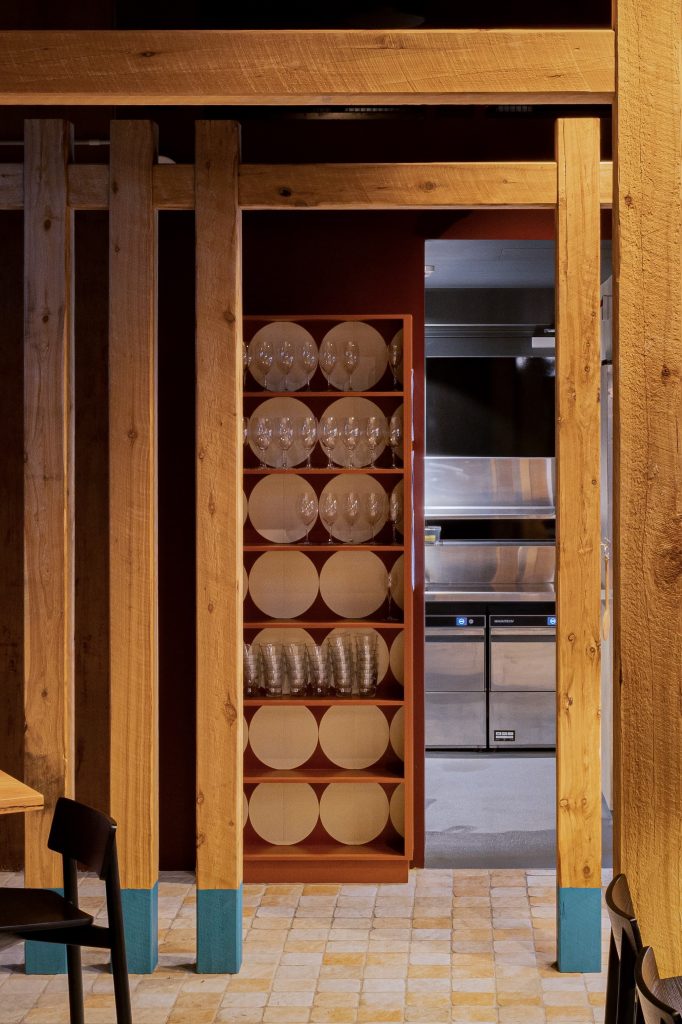

Atmosphere That Holds the Room
Acoustics can be so often overlooked, but for the team became one of the project’s invisible triumphs. CAB ROTO executed all acoustic modelling in-house, ensuring that conversation floats comfortably above the buzz of the venue. Guests feel the room’s energy without hearing another table’s conversation clearly.
Lighting was equally intentional. The shopfront glazing, once heavily tinted, severed the connection between street and interior. CAB ROTO restored this through transparent red film strips and sculptural pendants pressed directly against the glass. Inside, broad warm shades wash surfaces, creating soft shadows and flattering contrast. Sculptural lamps perched high on service counters signal points of interaction.
It is a room calibrated for clarity, comfort and long, unhurried dining.
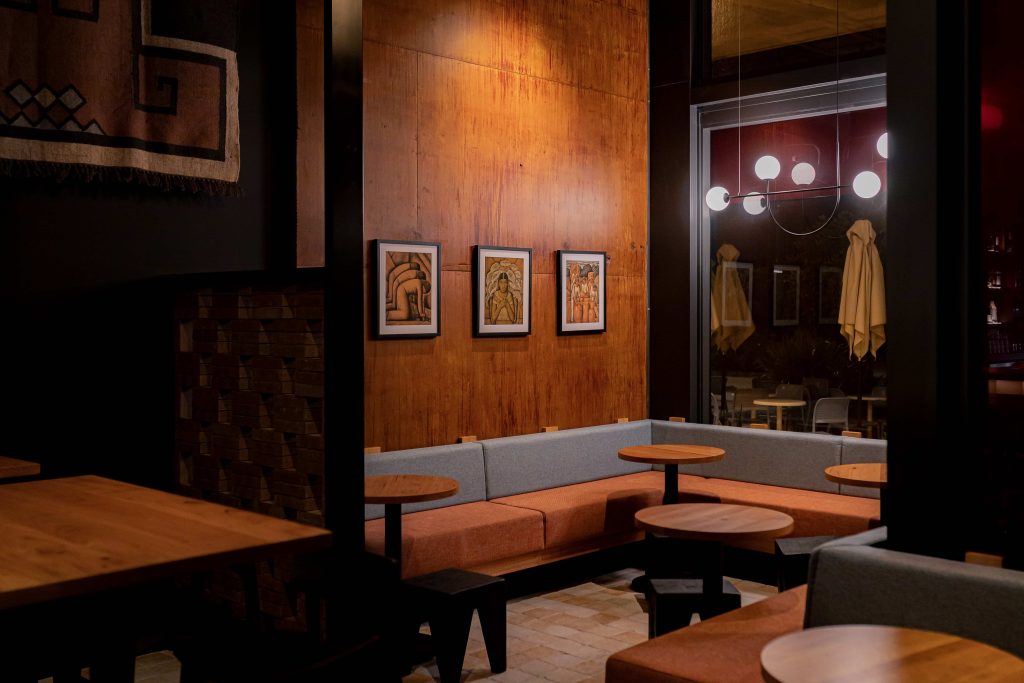
Sustainability Grounded in Tactility
Sustainability is woven into the project through the use of reclaimed Australian hardwoods, FSC/PEFC-certified timbers and salvaged materials with grain, texture and patina. These elements add history, grounding and irregularity, preventing Playa from feeling overly polished or synthetic.
On the floor, high-slip-resistant tiles mimic the feel of cobbled stone. Garden pavers become perforated screens and a woven masonry bar front, humble materials elevated through care and craft.
A Project Shaped by Trust
Throughout the process, a longstanding working relationship between CAB ROTO and the team behind Playa, including Tony, Harry, and Luke proved crucial. Their trust allowed the studio to explore unconventional ideas, while their clarity and detail provided essential direction. For CAB ROTO, the project embodies the ideal designer–client dynamic of freedom, supported by informed collaboration.
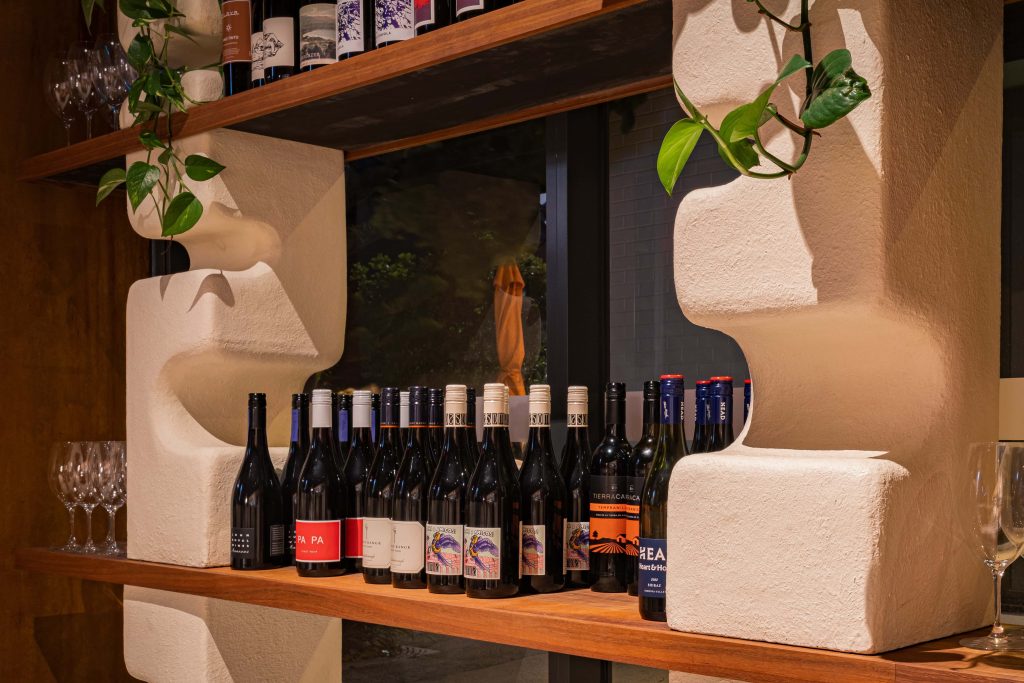
A Practice Reinforced
Playa affirmed something central to CAB ROTO’s identity, that design and making are inseparable. The team’s ability to move seamlessly between drawing, prototyping, fabrication and installation allowed them to refine atmosphere, materiality and execution in ways that conventional architectural practice often cannot.
This hands-on methodology will continue to shape CAB ROTO’s future work. Projects where architecture is not just conceived, but also crafted, iterated and embedded with the team’s own labour and sensibility.
About CAB ROTO –
CAB ROTO is a creative design studio based on the Sunshine Coast, known for transforming complex ideas into functional, buildable spaces. Founded in 2013, the studio works across commercial interiors, building design, furniture and joinery, prototyping and advanced CAD/CAM modelling. Their philosophy balances imagination with practicality, designs should be bold and inventive, but always feasible and value-conscious.
Led by Director and Principal Designer Kristen Calle, who brings over 20 years of multidisciplinary experience, CAB ROTO often collaborates with a network of industrial designers, engineers, and graphic artists to deliver integrated project outcomes. The studio thrives on unconventional projects, embracing constraints as a catalyst for innovative solutions, and focuses on work where meaningful collaboration and long-term impact are central.






